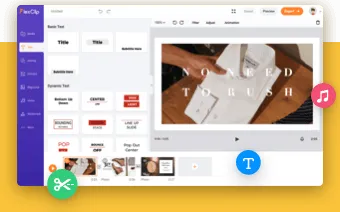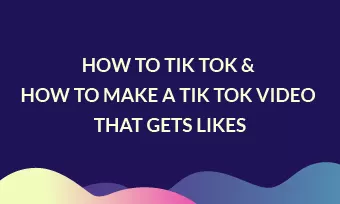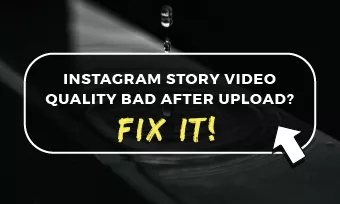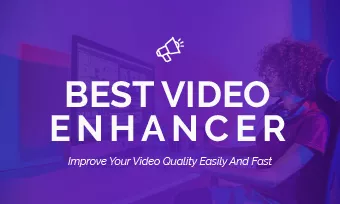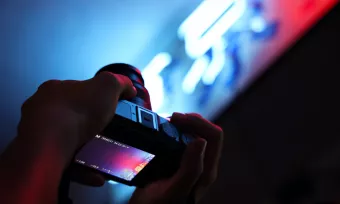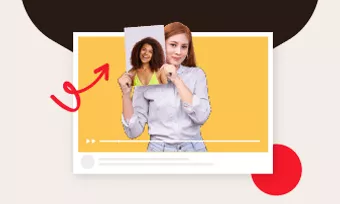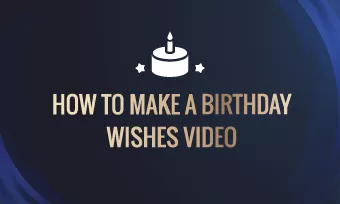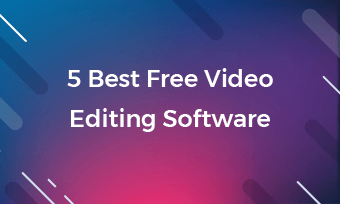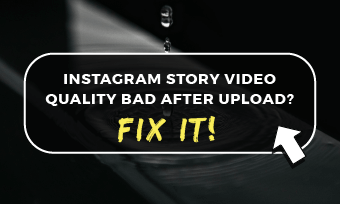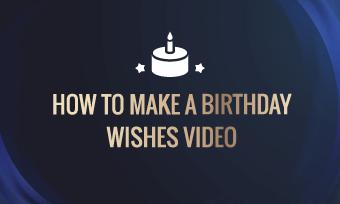Video editing is an art, and learning it can not only be financially but also personally fulfilling. Undoubtedly, it is said to be a rewarding profession and a handy skill for personal use.
However, mastering this art requires you to learn quite a few different skills and techniques. Parallel editing is an essential technique that tends to stand out from other myriad editing techniques. Whether professional or casual, parallel editing happens to be one of the most valuable and essential skills that you should consider learning.
What’s Parallel Editing?
Many people who are new to video editing tend to ask about the parallel editing definition. Also known by the name of crosscutting, parallel editing is a technique that enables a video editor to switch back and forth between two different scenes and establish a relation between them. These scenes may have been filmed at different locations, but they are supposed to co-occur in a video to create the feeling of parallel actions.
When to Use Parallel Editing in Video Creation?
From showing suspense in any sequence to creating tension in a story and balancing times for each piece of the action, parallel editing empowers you to do it all. If you want the story to seem more intense, it is recommended that you make shorter cuts.
In addition to that, parallel editing also helps you compare two stories, showing different realms of life. Merging several videos can give you a deeper insight into the storyline.
Either way, the prime purpose of parallel editing is to establish a smooth connection between separate stories. Here are some of the situations that help to strengthen any story.
Situation 1: Show Contrast
Applying the skill of parallel editing between two diverse scenes will enable you to show the contrast between different situations. With parallel editing, you will not only have the power to build contrast between opposing situations but also between characters by just the simple technique of editing them together.
For example, the recently released Chris Hemsworth film: Extraction (2020) creates contrast in the introduction by showing an action scene from near the end of the movie and then transitioning to the scene where another character is at the school. This serves to be a great example of contrasting introductions in a film.
Show Contrast
Situation 2: Create Tension
All of us have experienced nail-biting scenarios whenever the storyline or any scene got serious during the movie. Does the movie "The Silence of the Lambs" sound familiar in any way? Yup, this legendary movie directed by Jonathan Demme tends to have good use of parallel editing to cut between tense scenes. One scene discloses an indoor situation as a serial killer panics with a victim, whereas the other scene shows the police surrounding the house from outside and preparing to break in and raid the place. Since these scenes play against each other, they tend to ramp up the tension to create an unexpected climax.
Creating tension in any video is one of the most effective ways to grab the audience's full attention and force them to indulge more with the video and the involved characters. If you are also looking forward to creating a masterpiece, you should get yourself acquainted with the technique of parallel editing.
The Silence of the Lambs Official
Situation 3: Connect Storylines
Parallel editing in two storylines allows you to present clear evidence for the connection between them. Typically, the approach used is that the two storylines are set to meet at some point near the end of the story.
The technique of parallel editing is quite frequently applied across all the films in the famous Lord of The Rings series. Each group in the series performs quests on their own but to help others out. Eventually, they all meet up and share their experience of the incredible journey that they had in the end.
How to Make a Successful Parallel Editing?
There is no doubt that applying parallel editing in any video would do wonders and take it to the next level. However, for this technique to work in the right way, there are some tips that you should keep in mind.
Tip 1: Never Jump Between Scenes Too Often
Parallel editing needs to be natural and intentional. Simply put, you shouldn’t jump between random scenes over and over again if they don't have a strong connection. This may confuse your audience instead of engaging them with your video, which would destroy the prime purpose of parallel editing.
Tip 2: Try to Match Two Scenes with the Same Color, Item, or Pace
Every scene tends to have its own color, items, and pace, and all of these combine to create the overall feel of the scene. If you put those scenes together that don't match in either of the three things mentioned before, it would ruin the vibe of your movie. For example, if you put an emotional scene together with an action scene, it won't make sense now, would it? Hence, you need to know the tactic to perform parallel editing wisely.
The Bottom Line
So, with all the movies that you’ve seen and all the information and examples that we’ve stated above, we can conclude that parallel editing, when used wisely, can blow life into any scene and take it to a whole new level. Beginning to learn this skill can be pretty overwhelming at the start, but it would become as easy a walk in the park with the right tool at your disposal.
FlexClip is a great free video editing tool that provides you with several premium editing techniques, including parallel editing. With the easy-to-use and interactive user interface, you will be able to perform parallel editing in your videos without going through any hassle!

Free Parallel Editing Tool - FlexClip


